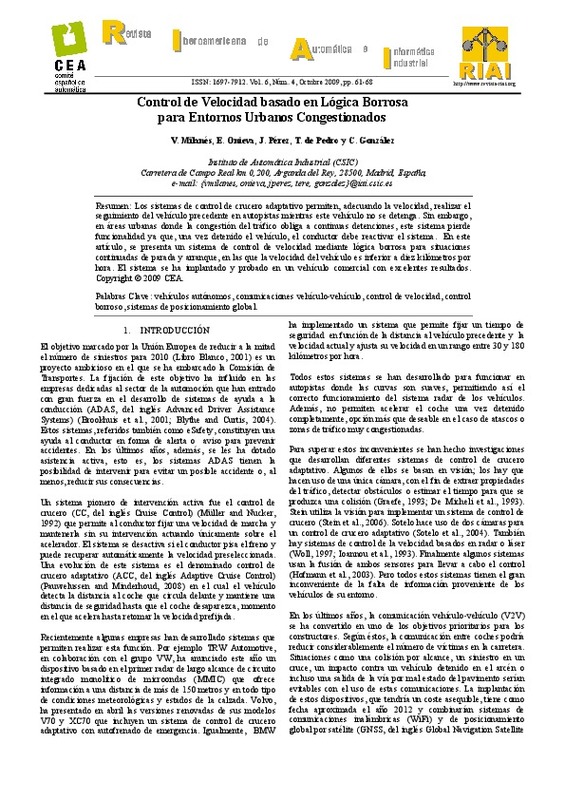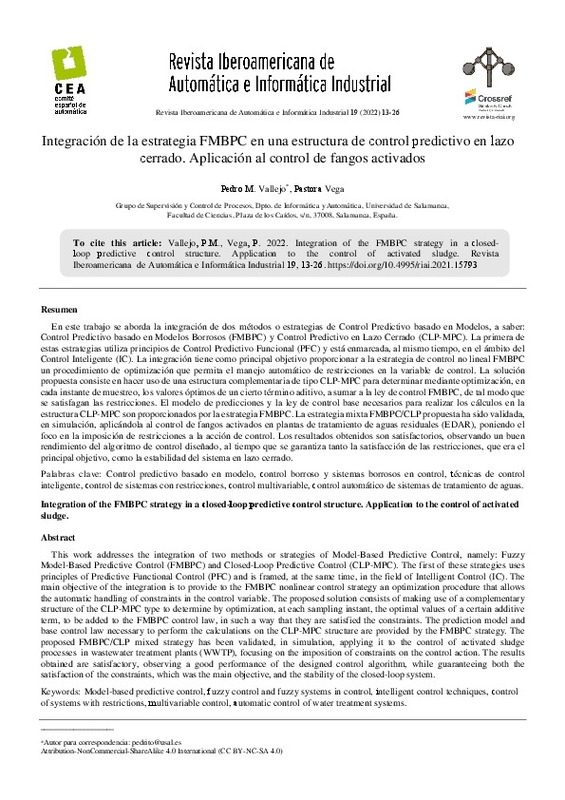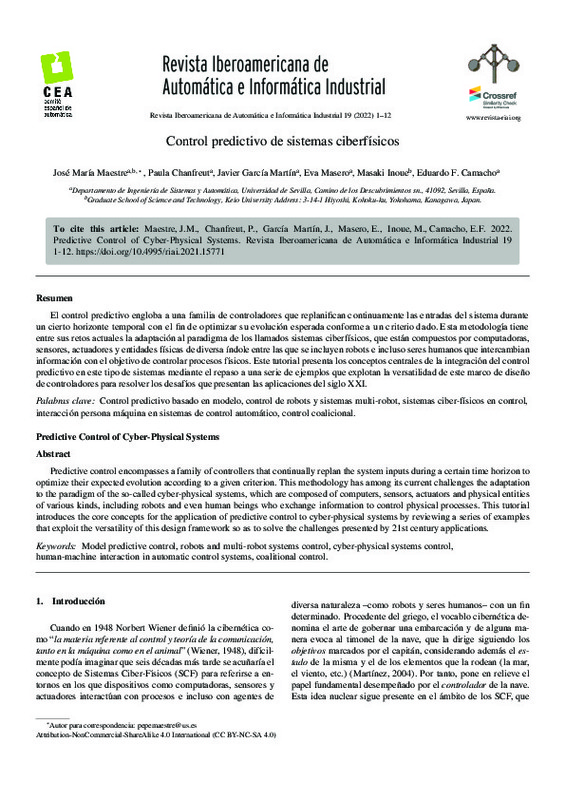JavaScript is disabled for your browser. Some features of this site may not work without it.
Buscar en RiuNet
Listar
Mi cuenta
Estadísticas
Ayuda RiuNet
Admin. UPV
Control de Velocidad basado en Lógica Borrosa para Entornos Urbanos Congestionados
Mostrar el registro completo del ítem
Milanés, V.; Onieva, E.; Pérez, J.; De Pedro, T.; González, C. (2009). Control de Velocidad basado en Lógica Borrosa para Entornos Urbanos Congestionados. Revista Iberoamericana de Automática e Informática industrial. 6(4):61-68. https://doi.org/10.1016/S1697-7912(09)70109-8
Por favor, use este identificador para citar o enlazar este ítem: http://hdl.handle.net/10251/144502
Ficheros en el ítem
Metadatos del ítem
| Título: | Control de Velocidad basado en Lógica Borrosa para Entornos Urbanos Congestionados | |
| Otro titulo: |
|
|
| Autor: | Milanés, V. Onieva, E. Pérez, J. de Pedro, T. González, C. | |
| Fecha difusión: |
|
|
| Resumen: |
[ES] Los sistemas de control de crucero adaptativo permiten, adecuando la velocidad, realizar el seguimiento del vehículo precedente en autopistas mientras este vehículo no se detenga. Sin embargo, en áreas urbanas donde ...[+]
[EN] The adaptive cruise control systems are capable of adapting the speed to the precedent car in highways as long as the car do not stop. However, in urban areas where the traffic flow can cause stop and go manoeuvres ...[+]
|
|
| Palabras clave: |
|
|
| Derechos de uso: | Reconocimiento - No comercial - Sin obra derivada (by-nc-nd) | |
| Fuente: |
|
|
| DOI: |
|
|
| Editorial: |
|
|
| Versión del editor: | https://doi.org/10.1016/S1697-7912(09)70109-8 | |
| Código del Proyecto: |
|
|
| Agradecimientos: |
Este trabajo ha sido realizado gracias a los proyectos: TRANSITO (Coordinación Local entre Vehículos e Infraestructuras), TRA 2008-06602-C03-01; ENVITE (Comunicación entre Vehículos e Infraestructuras de Transporte por ...[+]
|
|
| Tipo: |
|











